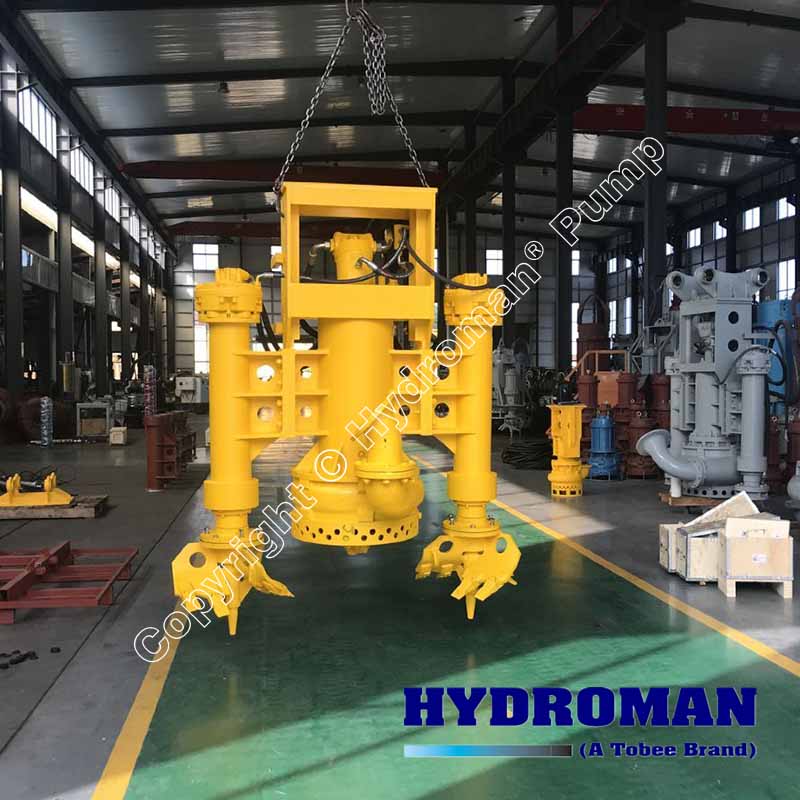

All rights reserved.Įmissions from Produced Water Treatment Ponds, Uintah Basin, Utah, USA The paper provides a professional perspective and lessons from historical developments and gives recommended future directions based on my career working on low-cost sanitation technologies and treated wastewater use in agriculture and aquaculture. ' Pits' were mainly working on World Bank LCST research projects, with fieldwork principally in Zimbabwe, 'pipes' were working on condominial sewerage projects in Brazil and disseminating this LCST to a wider global audience, and ' ponds' were waste stabilization ponds, with fieldwork mainly in Brazil, Colombia, Portugal and the United Kingdom, the development of aerated rock filters to polish facultative- pond effluents, and the human-health aspects of treated wastewater use in agriculture and aquaculture, with fieldwork in Brazil and the UK, and the application of quantitative microbial risk analysis. My life in low-cost sanitation and low-cost wastewater treatment and the use of treated wastewater in agriculture and aquaculture really has been ' pits, pipes and ponds' - ' pits' are low-cost sanitation technologies (LCST) such as VIP latrines and pour-flush toilets 'pipes' are low-cost sewerage, principally condominial (simplified) sewerage and ' ponds' are low-cost wastewater treatment systems, especially waste stabilization ponds, and the use of treated wastewater in agriculture and aquaculture.


 0 kommentar(er)
0 kommentar(er)
